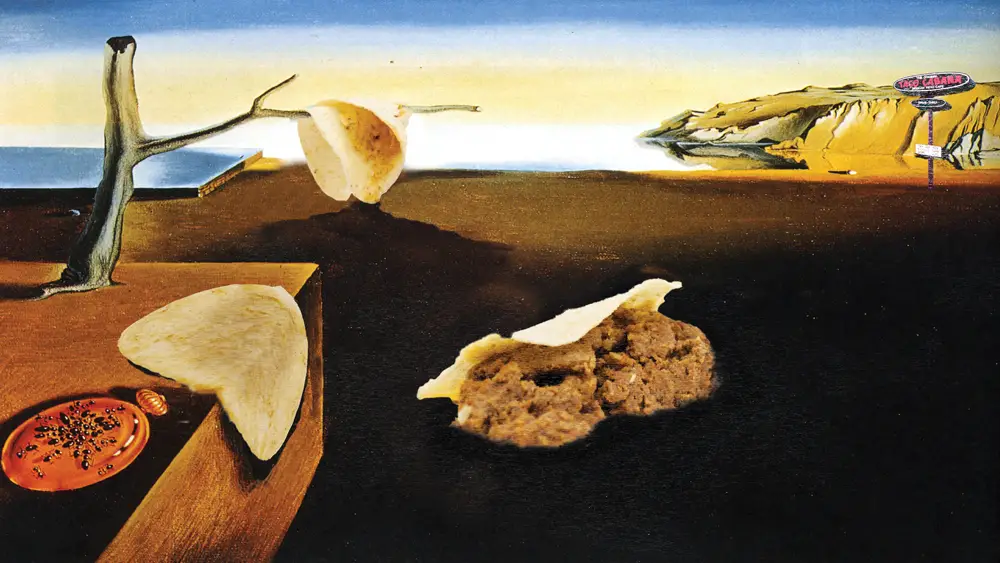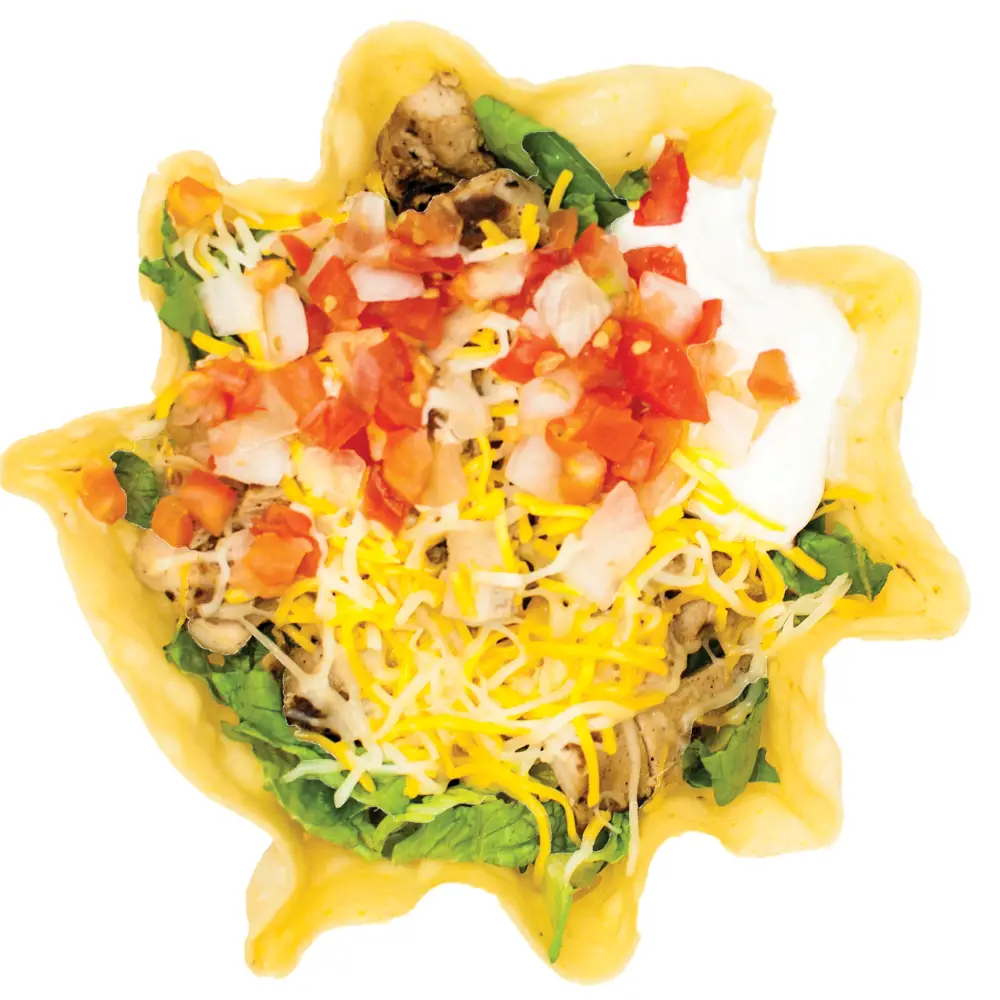One question has always plagued the artistic community: can the artist’s work be separated from the artist?
It’s not a new dilemma—artists have always been deranged people: Caravaggio was an infamous murderer, but museums across the world would pay anything for one of his paintings. Richard Wagner and Ezra Pound were notorious anti-Semites, but “Flight of the Valkyries” plays in Israeli opera houses, and “In a Station of the Metro” probably introduced the poetry section of your high school English book.
Roman Polanski was a convicted child rapist, Pablo Picasso was a vigorous misogynist and William S. Burroughs shot his wife playing William Tell in Mexico City, but the world still receives their work with open arms.

Last February, Dylan Farrow published a chilling open letter to her stepfather and sexual abuser Woody Allen in The New York Times, bookending the story of his repeated abuses with the question, “What’s your favorite Woody Allen movie?”
Her piece reified the psychological ramifications of growing up in a world where your tormentor, “a living testament to the way our society fails the survivors of sexual assault and abuse,” is given an award ironically called the Lifetime Achievement award.
Of course, the ongoing Bill Cosby carnival and the unresolved question of Michael Jackson’s legacy are the two most recent installments of this ancient moral pickle, but the dilemma dates back even beyond Socrates and his hemlock.
Can you—or should you—distinguish between a morally dubious artist and their breathtaking, inspiring work? Is it right to divorce creator from creation? Can something truly good come of something truly bad? These were the questions weighing on my mind as I ordered the Cabana Bowl at Taco Cabana ($4.39) on a humid Monday evening.
It’s important to understand the fundamental irony so central to Taco Cabana’s very existence: that they—in a Man Plans God Laughs scenario—they are the food chain ambassadors charged with carrying the torch of Tex-Mex.
A restaurant begun as a parking lot, forced into 24-hour-a-day service because their furniture was stolen, and famous for a tortilla-machine that uses the very symbols of inauthenticity in the food world (robots, conveyor belts, lack of humans) as its marketing emblem, that restaurant—for some reason—is the restaurant that has become all but synonymous with the concept of Tex-Mex.
But that’s not all. Taco Cabana wasn’t born in a restaurant focus group in Orlando or hatched up in a sterilized board room in Colorado Springs—Taco Cabana is from San Antonio—the very hearth and home of Tex-Mex, the ground zero of gorditas, the big bang of borracho beans, the Mesopotamia of chile relleño.
How Taco Cabana ended up carrying the sigil for Tex-Mex food eludes every possible version of reason. Of all the amazing San Antonio restaurants that could have blossomed into a national chain, why Taco Cabana? I felt, as a San Antonian, about this poetic injustice the same way Che Guevara would have felt if he knew his face had become a symbol of the free-market economy.
I felt how all of America felt knowing that Dennis Rodman was our ambassador to North Korea, the way Canada must feel about Justin Bieber. I feel misrepresented, backwards, wrong and a little dirty.
But out of this darkness, one tiny ray of light shines through, and light thy name is Cabana Bowl.
This delicious work of art is contained within (but only literally contained; it is cosmically uncontainable) a bowl made from frying a 12” tortilla around a ring mold.
Starting from the bottom, you’ll find: lettuce, smushy refried beans, delicious smoky rice, meat of your choice, sour cream, pico de gallo and shredded cheese, which you can then take to Taco Cabana’s condiment bar and add even more ménage to the ménage à taco.
As far as meat choices go, I recommend the shredded chicken; I also recommend not looking at the shredded chicken. Here’s the real catch, though: if you go with my meat recommendation, you get this entire thing (and it is massive) for less than $5. And thus, the perfect college meal was born.
When I sat down on Monday to eat my Cabana Bowl, I could hear it quoting Walt Whitman: “Do I contradict myself?” the Cabana Bowl asked. “Very well, then I contradict myself, I am large, I contain multitudes.”

It all made no sense—how could something so tasty, cheap, beautiful and comforting, come from Taco Cabana? Was it a simple matter of monkeys with typewriters recreating “Hamlet,” a blind squirrel finding a nut; or an affect of genius, an Isaac Newton drinking mercury to poop gold? Or, as I’ve always suspected, is it a work of art that deserves to be cleaved from its creator?
Like “Annie Hall,” “The Love Song of J. Alfred Prufrock” or “Guernica,” the Cabana Bowl deserves a life of its own, to be a creation absent a creator—or like Frankenstein’s monster or the Triangle offense—a creation contemptuous of its creator.
Regardless, it is the highpoint of any Taco Cabana experience. My friends ordered ambitiously, putting their faith in a Steak Fajita Quesadilla ($5.19), Enchilada Plate ($5.79) and the Street Tacos ($4.49), only to be universally underwhelmed. The Steak Fajita Quesadilla was inundated with tomatoes whose juices compromised the tortillas’ structural integrity, and the cheese tasted like the air in an airplane.
The steak was actually pretty tasty, a fact I found to be true in the Street Tacos as well. The hearty platter of three tacos nestled in styrofoamy corn tortillas, buttressed by massive servings of pleasantly cuminy borracho beans and their signature smoky rice is my second favorite Taco Cabana product.
The beef enchiladas looked like an earth-toned Pollack of reds, yellows, whites, browns and oranges, and kind of tasted that way. Although composed of unique components: beans, rice, enchilada, guacamole salad and tortillas, some mysterious alchemy of the dish made every bite taste the same, no matter what bite.
Everything—especially the lettuce—tasted like mushy chili, which was pleasant but became monotonous quickly. I could see the Enchilada Plate becoming my Cabana Bowl when I’m older and want something that my digestive system doesn’t have to put too much time into. As for now, if you’re willing to grapple with a timeless moral quandary, then I recommend the Cabana Bowl.









Very funny, Mark. How’s the happy hour at TC?
This is New Yorker quality writing
I don’t touch the stuff, personally!
how do you drink it without touching it?